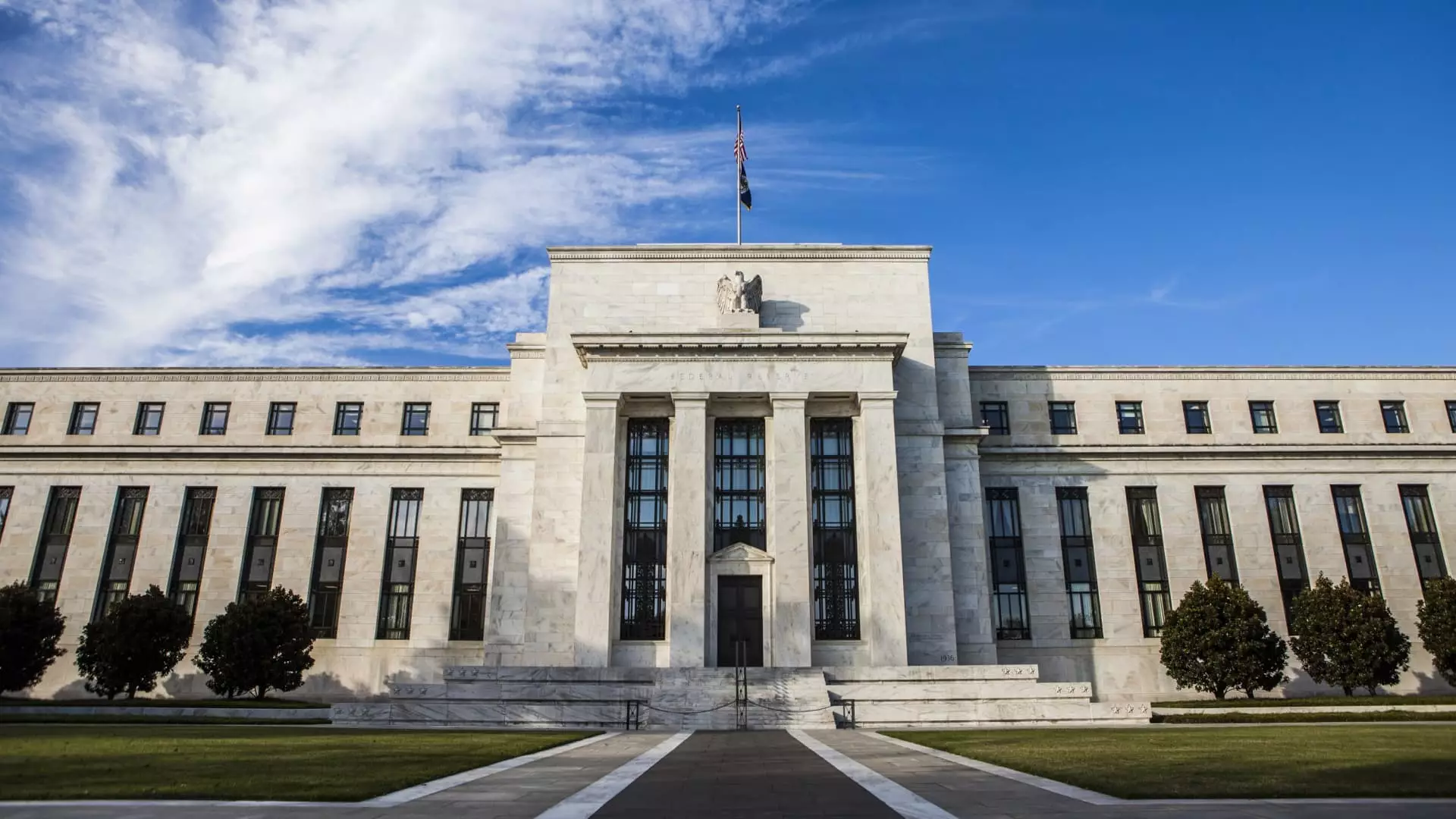The Federal Reserve’s approach to interest rates has become increasingly critical as the economy strives to stabilize amid inflationary pressures. As the U.S. economy continues to grapple with high inflation rates above the Fed’s 2% target, the central bank finds itself in a precarious position, delaying further cuts despite persistent public demand, notably from individuals such as former President Donald Trump. His assertion that interest rates need to be substantially lowered reflects a growing frustration among American consumers overwhelmed by the financial implications of high prices and borrowing costs.
The Federal Reserve has taken a measured approach following a series of aggressive rate hikes—5.25 percentage points to be exact—implemented between 2022 and 2023. This strategic increase aimed to combat rampant inflation, yet the continued economic challenges faced by many Americans illustrate a disconnect between Fed policy and consumer realities. According to experts, the expectation that the central bank will serve as a quick fix for high interest rates is somewhat misguided. Matt Schulz, chief credit analyst at LendingTree, reinforces this sentiment, suggesting that consumers should not anticipate an immediate relief from high borrowing costs.
The Federal funds rate, a crucial monetary policy tool, dictates the costs associated with bank-to-bank borrowing, significantly influencing consumer borrowing rates. However, the effects of the Fed’s decisions filter down slowly to individuals over time. When interest rates do eventually decline, consumers can expect reduced costs for prevalent loans, including mortgages, auto loans, and credit cards, which would lead to improved affordability.
One significant area where consumers feel the pinch is credit card borrowing. Current average credit card rates hover over 20%, the highest in decades. This increase occurs despite the Fed’s reductions in benchmark rates last year. Greg McBride from Bankrate elucidates how card issuers tend to react sluggishly to rate decreases compared to rate hikes, prolonging financial strain on consumers who are already dealing with high prices. Alarmingly, a Philadelphia Federal Reserve report indicates an uptick in payment delinquencies and a surge in credit card holders opting to make only minimum payments. This trend underscores the urgency for consumers to manage high-interest debts effectively.
Mortgage rates present another layer of complexity in the current financial landscape. Although the Fed has reduced its rates, mortgage costs have continued their upward trajectory—currently averaging 7.06% for a 30-year fixed-rate mortgage. These rates are more closely tied to other economic indicators rather than to the Fed’s direct policies. Existing homeowners are somewhat insulated from these increases due to fixed-rate agreements; however, potential homebuyers are feeling the full brunt of these rising costs, further exacerbating the housing affordability crisis.
The complexities surrounding mortgage rates hinder homes sales and deter new buyers. McBride points out that the fixed nature of most mortgage debts means that the existing homeowners retain their original rates unless they choose to refinance or engage in new purchases, which, given the high rates, may not be a favorable option at this time.
Similar patterns emerge in automotive financing, as rising car prices and fixed loan rates combine to create financial hurdles for consumers. Currently, the average rate on a five-year car loan is around 7.47%. With total outstanding auto loan balances surpassing $1.64 trillion, affordability issues are more pronounced than ever. According to Joseph Yoon, an Edmunds analyst, the outlook for potential car buyers remains bleak as the Fed has signaled that any forthcoming rate cuts will be gradual, complicating the financial landscape for those seeking new vehicles.
Federal student loans add yet another level of complexity to the current interest rate environment. Most borrowers may remain unaffected by short-term Fed changes due to the fixed nature of their loans. However, new undergraduate borrowers are facing increased rates, moving from 5.50% to 6.53% for the upcoming academic year. The interest rates for student loans primarily depend on the performance of government bonds, reflecting broader economic conditions.
As consumers navigate this challenging environment, the prospect of enjoying lower borrowing costs remains uncertain in the short term. Though the ongoing rates provide savers with historically high yields—nearly 5% for online savings accounts—individuals focused on borrowing will likely experience continued affordability struggles across various sectors. Understanding these dynamics underscores the importance of consumer financial literacy and proactive strategies to manage debt and other economic burdens while awaiting potential easing from the Federal Reserve.

